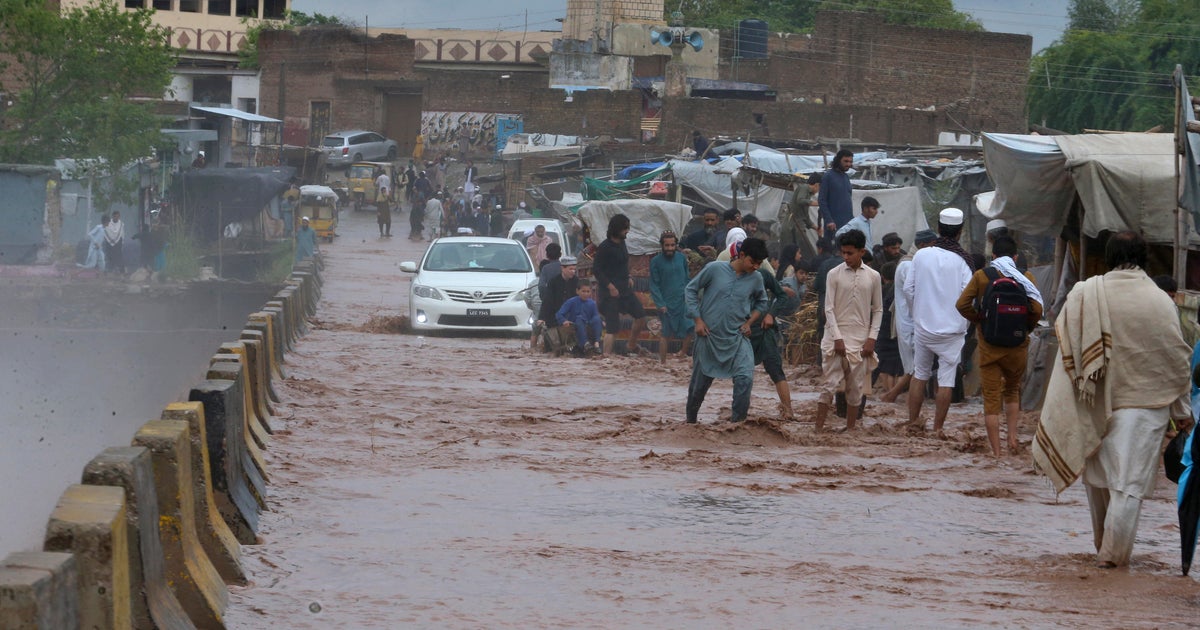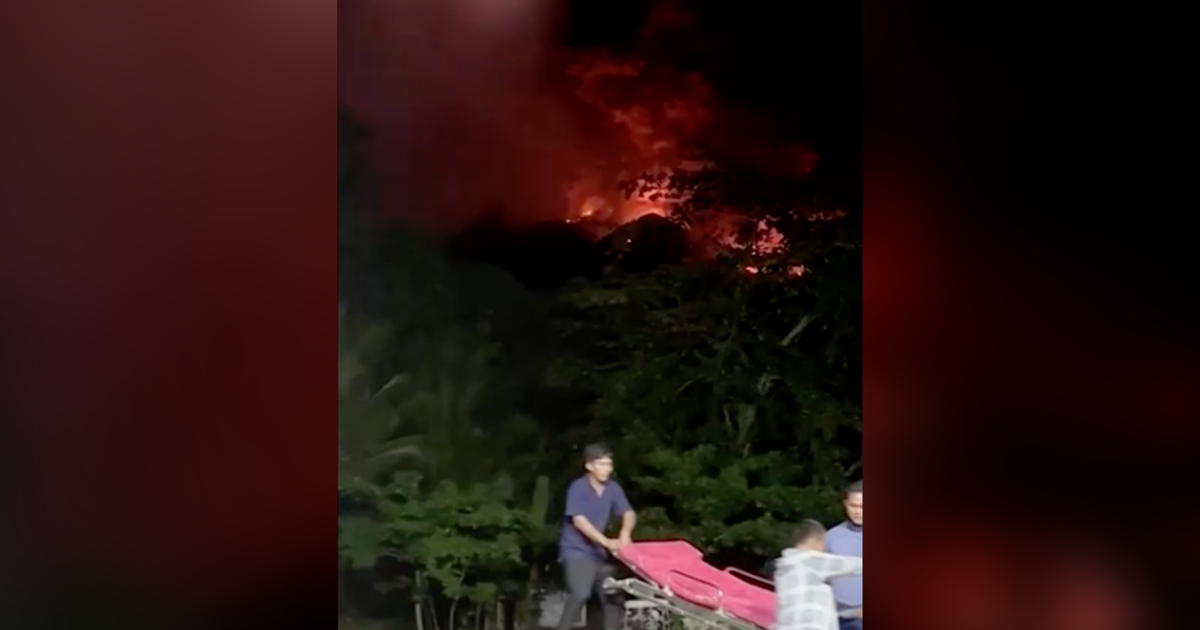Pilot dead in Navy fighter jet crash in California's Death Valley National Park
The Navy has confirmed the pilot of a F/A-18E Super Hornet that crashed Wednesday died in a routine training exercise. In accordance with Department of Defense policy, the identity of the pilot will be withheld until 24 hours following notification of next of kin, the Navy added.
On Wednesday, the jet went down in the California desert near Naval Air Weapons Station China Lake, the U.S. Naval Air Forces said. At least seven people were injured in the Death Valley National Park at a scenic overlook where aviation enthusiasts regularly watch military pilots speeding through a chasm dubbed Star Wars Canyon, according to The Associated Press.
The accident occurred during a routine training exercise at 9:50 a.m. local time. The fighter jet was assigned to the "Vigilantes" of Strike Fighter Squadron VFA-151 based at Naval Air Station Lemoore, California, and crashed east of Naval Air Weapons Station China Lake, according to U.S. Navy spokesman Lt. Cmdr. Lydia Bock.
A spokesperson for Death Valley National Park told CBS News there was a report of a plane crash near Father Crowley Vista Point and first responders from the National Park Service (NPS) said there were seven minor park visitor injuries. The extent of the injuries weren't made available. NPS added that Vista Point is a popular destination for jet gazing and has since been closed.
Tim Cassell was working at a nearby resort when the jet crashed. He rushed to the scene to check for survivors.
"I turned around to look and we saw this gigantic mushroom cloud," Cassell told CBS News. "All I saw was scorched rock and burning bushes."
AP points out the chasm earned its nickname because mineral-rich soil and red, gray and pink walls resemble the home planet of "Star Wars" character Luke Skywalker.
The base is located some 150 miles north of Los Angeles, according to its website, and is located in the Western Mojave Desert region of California. The installation is the Navy's largest single landholding, representing 85% of the Navy's land for Research, Development, Acquisition, Test and Evaluation (RDAT&E) use and 38% of the Navy's land holdings worldwide. In total, its two ranges and main site cover more than 1.1 million acres, an area larger than the state of Rhode Island, the website said.
The cause of the crash continues to be under investigation.
Carter Evans contributed to this report.





